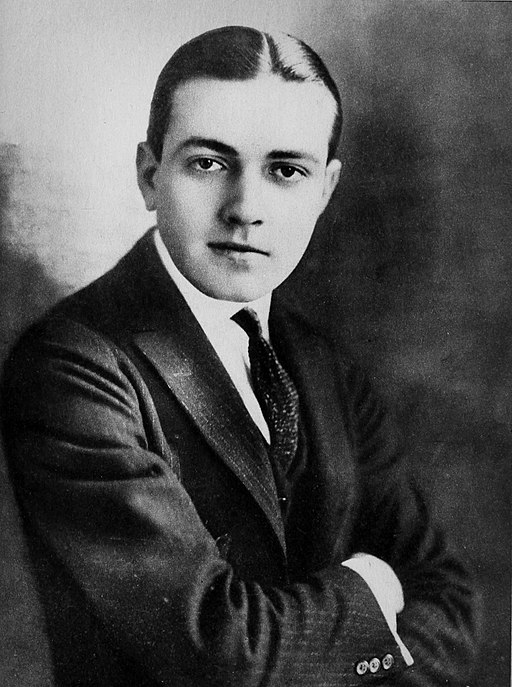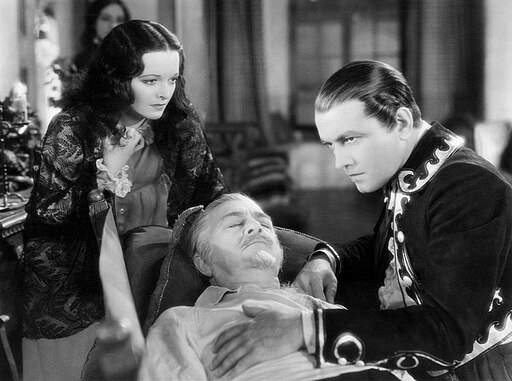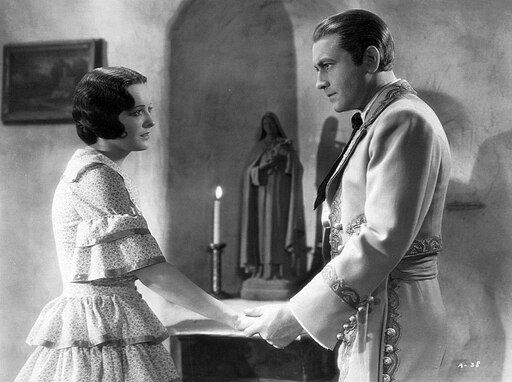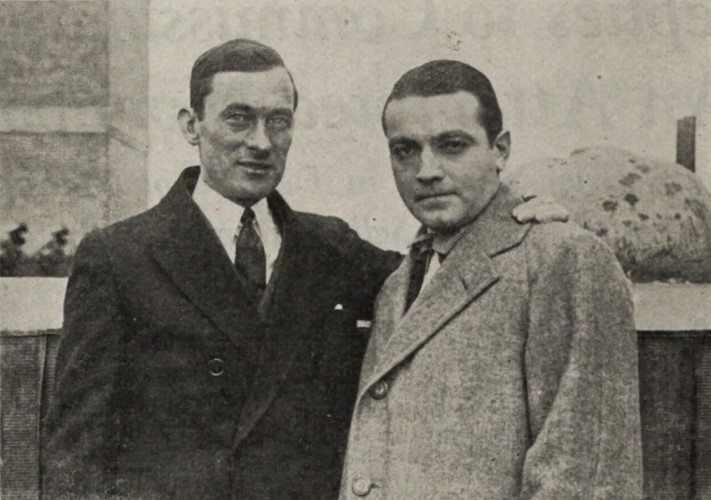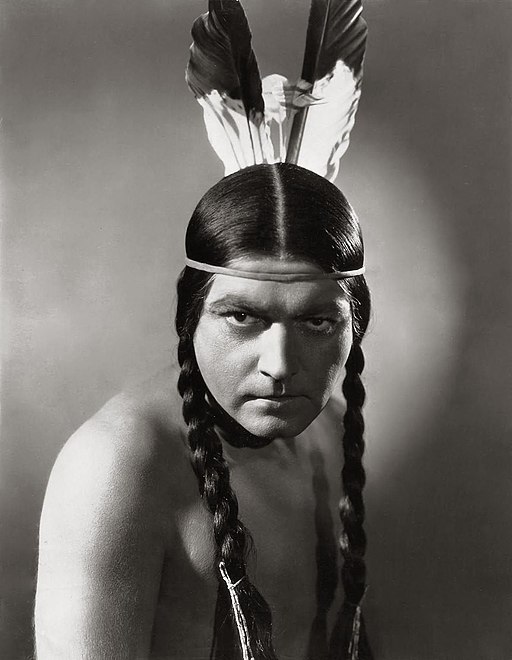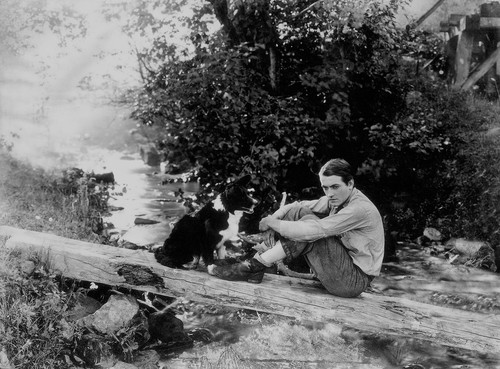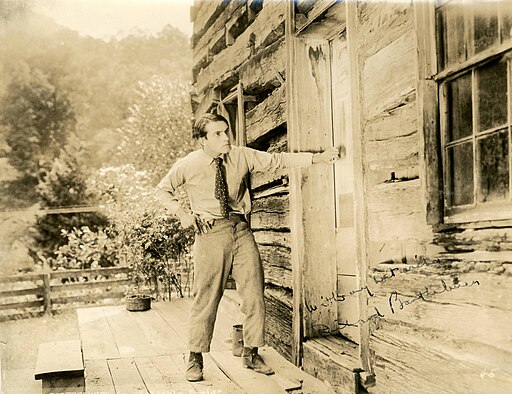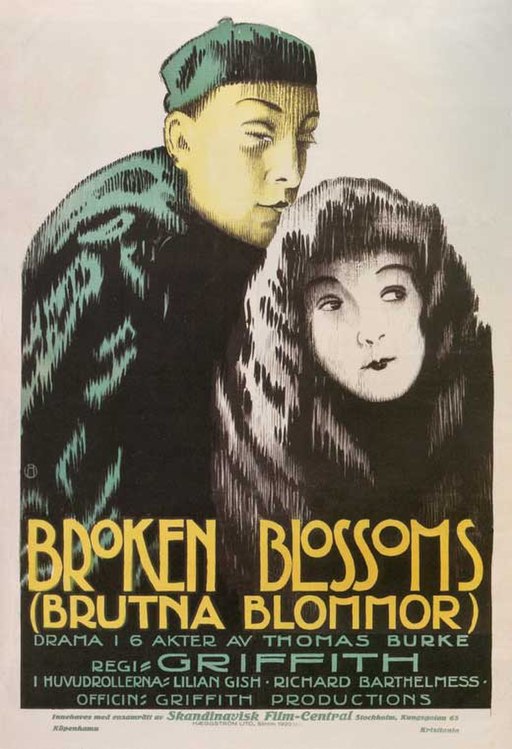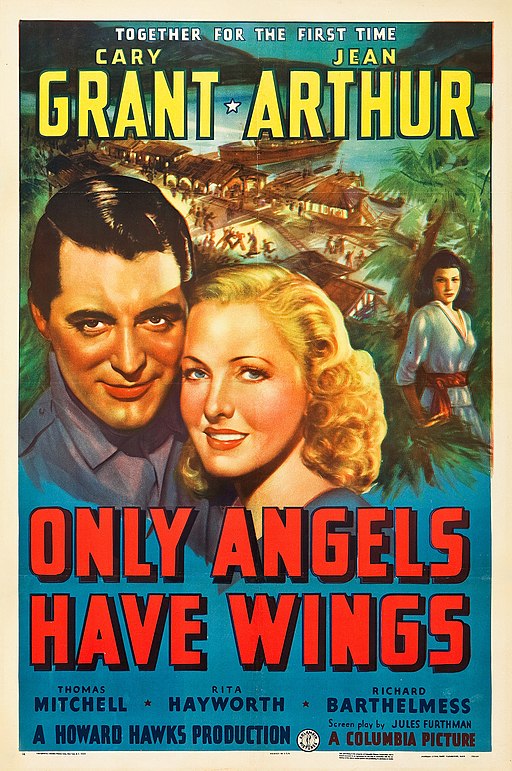Richard Barthelmess
back| Full Name | Richard Semler Barthelmess |
| Stage Name | Richard Barthelmess |
| Born | May 9, 1895 |
| Birthplace | New York City, New York, USA |
| Died | August 17, 1963 |
| Buried | Ferncliff Cemetery and Mausoleum, Hartsdale, New York, USA |
| Married to | Mary Hay (1920–1927) - Jessica Stewart Sargent (from 1927 until his death) |
| Children | Mary Barthelmess, with his second wife, Jessica Stewart Sargent |
| Notable films | Tol'able David (1921) - The Patent Leather Kid (1927) - Broken Blossoms (1919) - The Noose (1928) - Only Angels Have Wings (1939) |
Richard Barthelmess
Pioneering Actor of the Silent Movie Era
Richard Barthelmess was a prominent American actor of the silent and early sound film eras, known for his boyish charm and for portraying wholesome, earnest characters.
He began his film career in the 1910s, after attending Trinity College. His breakthrough came with the film "Broken Blossoms" (1919), where he played opposite Lillian Gish under the direction of D.W. Griffith. This role catapulted him to stardom and established him as a leading man during the silent film era.
Related
Richard Barthelmess (1895 – 1963)
Biography and Overview of his Movie Career
Richard Barthelmess, a luminary of the silent film era, etched an indelible mark on early Hollywood with his compelling performances and boyish charm. Born Richard Semler Barthelmess on May 9, 1895, in New York City, he was the son of Caroline W. Harris, a stage actress, and Alfred W. Barthelmess. The world of acting was in his blood, and despite the early death of his father, Richard's upbringing was steeped in the theatrical traditions his mother cherished.
Early Years and Education
Barthelmess's early life was a blend of normalcy and artistic influence, thanks to his mother's career. He attended the prestigious Trinity College, where he honed not only his academic skills but also his passion for acting, participating in college theatrical productions that laid the foundation for his future in film.
Path to Success
After college, Richard Barthelmess ventured into the film industry, making his debut in the 1916 movie "War Brides." However, it was his collaborations with director D.W. Griffith, especially in "Broken Blossoms" (1919) and "Way Down East" (1920), that catapulted him to stardom. His ability to convey vulnerability and strength with subtlety made him a favorite of both audiences and critics alike. The pinnacle of his career came with the lead role in "Tol'able David" (1921), a performance that remains a benchmark for actors in the silent era.
Marriages and Personal Life
Barthelmess's personal life was as storied as his career. He first married Mary Hay, a fellow actress, in 1920, but their union ended in divorce in 1927. He found love again with Jessica Stewart Sargent, and their marriage lasted until his death. Together, they had one daughter, Mary Barthelmess, enriching Richard's life beyond the silver screen.
Passions and Philanthropy
Beyond acting, Barthelmess was known for his philanthropy and his passion for aviation. He was a founding member of the Academy of Motion Picture Arts and Sciences, contributing to the shaping of the film industry's future. His love for flying was not just a hobby but a reflection of the era's fascination with the new frontier of the skies.
Later Years and Death
As the film industry transitioned to sound, Barthelmess's star faded, but he gracefully transitioned into retirement in 1942. He spent his later years away from the limelight, focusing on his family and personal interests. Richard Barthelmess passed away on August 17, 1963, in Southampton, New York, due to cancer. His legacy, however, endures in the classic films that continue to captivate audiences and the contributions he made to the early days of Hollywood.
Video Bio of Richard Barthelmess:
Overview of Notable Movies featuring Richard Barthelmess:
1919: "Broken Blossoms"
- Synopsis: Directed by D.W. Griffith, this film tells the tragic story of a young girl, Lucy Burrows (played by Lillian Gish), who is abused by her father and finds solace in the company of a gentle Chinese man, Cheng Huan (played by Barthelmess). The film is a poignant exploration of racism, abuse, and the possibility of cross-cultural understanding.
1920: "Way Down East"
- Synopsis: Another collaboration with D.W. Griffith, Barthelmess stars alongside Lillian Gish in a story about a young woman deceived by a rich playboy. Barthelmess plays David Bartlett, a young man who ultimately rescues Gish's character, Anna, in a dramatic climax involving a perilous ice floe scene.
1921: "Tol'able David"
- Synopsis: This film is one of Barthelmess's most celebrated roles, where he plays David Kinemon, a young man who seeks to avenge the wrongs done to his family by a group of thugs. The movie is a classic tale of courage, family, and the transition from boyhood to manhood.
1927: "The Patent Leather Kid"
- Synopsis: Barthelmess received an Academy Award nomination for his role in this film, where he plays a boxer known as the Patent Leather Kid who rises to fame but faces the ultimate test when he is drafted into World War I. The film explores themes of heroism, love, and sacrifice.
1928: "The Noose"
- Synopsis: Barthelmess stars as Nickie Elkins, a gangster facing the death penalty who dreams of a life beyond his criminal activities. The film is notable for its dramatic exploration of redemption and the impact of societal judgment.
1939: "Only Angels Have Wings"
- Synopsis: In this Howard Hawks-directed film, Barthelmess takes a supporting role alongside Cary Grant and Jean Arthur. The story revolves around pilots flying for a small Andean mail service, dealing with dangerous weather and terrain. Barthelmess's character, Bat MacPherson, is a pilot seeking redemption for a past mistake.
Analysis of Richard Barthelmess’ Acting Style:
Richard Barthelmess's acting style is emblematic of the transition from the silent film era to the advent of sound cinema, showcasing a nuanced balance between the expressive physicality required by silent films and the subtler, more vocal demands of the sound era. His performances were marked by a remarkable ability to convey deep emotions and complex inner turmoil without the need for dialogue, a skill that made him one of the most celebrated stars of his time.
Expressive Physicality
In the silent film era, Barthelmess excelled through his expressive physicality. His face could convey a myriad of emotions, from the innocence and vulnerability of a young lover to the determined resolve of a man facing moral and physical challenges. This ability to communicate complex emotional states without words was a hallmark of his acting style. In films like "Broken Blossoms" (1919), Barthelmess's portrayal of a gentle, kind-hearted character showcased his skill in using subtle gestures and facial expressions to communicate his character's compassion and depth of feeling.
Emotional Depth and Vulnerability
Barthelmess had a unique talent for portraying characters with a deep sense of vulnerability. This was not just in the physical challenges his characters often faced but also in their emotional and moral battles. In "Tol'able David" (1921), his portrayal of a young man thrust into the role of family protector after a tragic act of violence showcases his ability to project both the strength and the sensitivity of his character. His performances often invited the audience to empathize deeply with his characters, drawing them into the narrative in a very personal and emotional way.
Adaptation to Sound
With the advent of sound films, Barthelmess smoothly transitioned into roles that required not only his physical and emotional acting skills but also his voice. While some silent film actors found this transition challenging, Barthelmess managed to adapt, bringing his characteristic depth and sensitivity to sound films as well. His voice added another layer to his performances, allowing him to convey nuance in ways that silent films could not accommodate.
Awards and Recognition:
Richard Barthelmess's career in Hollywood, spanning the silent and early sound eras, earned him significant critical acclaim, though the number of formal awards and recognitions during his lifetime was limited, reflecting the nascent state of organized accolades in the film industry at the time. Despite this, Barthelmess's contributions were acknowledged through several key recognitions:
Academy Award Nomination
- 1928: Barthelmess was nominated for the first-ever Academy Award for Best Actor for his dual roles in "The Noose" and "The Patent Leather Kid." This nomination came at the 1st Academy Awards ceremony, highlighting his status as one of the leading actors of his time. The introduction of the Academy Awards (Oscars) in 1929 was a significant development in recognizing cinematic achievements, and being among the inaugural nominees underscored Barthelmess's impact on the film industry.
Honorary Award
- While Barthelmess did not win the Oscar, his nomination itself was a testament to his skill and versatility as an actor. It's worth noting that in the early years of the Academy Awards, the criteria and categories were different from today's standards, with fewer categories and a different process for nominations and selections.
Star on the Hollywood Walk of Fame
- Barthelmess has been commemorated with a star on the Hollywood Walk of Fame, located at 6755 Hollywood Boulevard. This star was awarded in recognition of his contributions to the motion picture industry. The Hollywood Walk of Fame stars are awarded to entertainers for their achievements in the entertainment industry, and Barthelmess's star serves as a permanent public acknowledgment of his work and legacy in film.
Legacy and Other Recognitions
Beyond formal awards, Richard Barthelmess's legacy is recognized through the enduring value of his films and his contributions to the art of cinema. His performances in films like "Broken Blossoms," "Tol'able David," and "The Patent Leather Kid" remain celebrated by film historians and enthusiasts for their emotional depth and pioneering techniques. His work has been studied in film courses, and he is often cited in discussions on the evolution of acting styles from the silent to the sound era.
Full list of Movies with Richard Barthelmess:
Silent Era
- 1916 - "Gloria's Romance"
- 1916 - "Snow White"
- 1917 - "War Brides"
- 1917 - "Sunshine Nan"
- 1917 - "The Soul of a Magdalen"
- 1917 - "Bab's Diary"
- 1917 - "Nearly Married"
- 1917 - "For Valour"
- 1917 - "The Streets of Illusion"
- 1918 - "Camille"
- 1918 - "The Seven Swans"
- 1918 - "Rich Man, Poor Man"
- 1918 - "Hit-The-Trail Holliday"
- 1918 - "Boots and Saddles"
- 1919 - "Three Men and a Girl"
- 1919 - "Broken Blossoms"
- 1919 - "Scarlet Days"
- 1919 - "The Girl Who Stayed at Home"
- 1920 - "Out of the Storm"
- 1920 - "Way Down East"
- 1921 - "Experience"
- 1921 - "Tol'able David"
- 1922 - "Sonny"
- 1922 - "The Seventh Day"
- 1923 - "Fury"
- 1923 - "The Bright Shawl"
- 1924 - "Classmates"
- 1924 - "Twenty Dollars a Week"
- 1925 - "Soul-Fire"
- 1925 - "Shore Leave"
- 1926 - "The Beautiful City"
- 1926 - "Ranson's Folly"
- 1926 - "The White Black Sheep"
- 1927 - "The Drop Kick"
- 1927 - "The Patent Leather Kid"
- 1927 - "The Noose"
- 1928 - "Wheel of Chance"
- 1928 - "Scarlet Seas"
- 1929 - "Drag"
- 1929 - "Young Nowheres"
- 1929 - "Weary River"
- 1929 - "The Show of Shows"
Sound Era
- 1930 - "Son of the Gods"
- 1930 - "The Dawn Patrol"
- 1930 - "One Night at Susie's"
- 1931 - "The Finger Points"
- 1931 - "The Last Flight"
- 1932 - "Alias the Doctor"
- 1932 - "Cabin in the Cotton"
- 1932 - "Central Airport"
- 1933 - "Heroes for Sale"
- 1933 - "Massacre"
- 1934 - "Midnight Alibi"
- 1934 - "A Modern Hero"
- 1935 - "Crime Without Passion"
- 1935 - "The Case of the Curious Bride"
- 1936 - "Spy of Napoleon"
- 1938 - "Four Men and a Prayer"
- 1939 - "Only Angels Have Wings"
- 1940 - "Brother Rat and a Baby"
- 1942 - "The Mayor of 44th Street"
- 1942 - "I Am an American"

